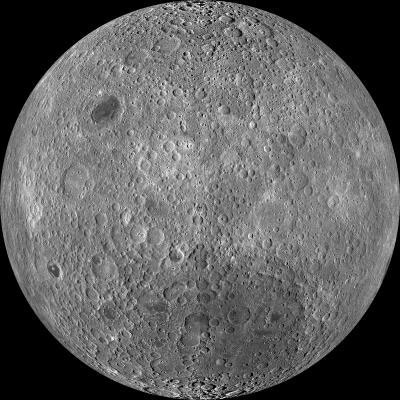 The Man in the Moon appeared when meteoroids struck the Earth-facing side of the moon creating large flat seas of basalt that we see as dark areas called maria. But no 'face' exists on farside of the moon and now, Penn State astrophysicists think they know why.
The Man in the Moon appeared when meteoroids struck the Earth-facing side of the moon creating large flat seas of basalt that we see as dark areas called maria. But no 'face' exists on farside of the moon and now, Penn State astrophysicists think they know why.
Jun 9th, 2014
Read more
New research shows that gravitational fields around black holes might eddy and swirl.
Jun 5th, 2014
Read more
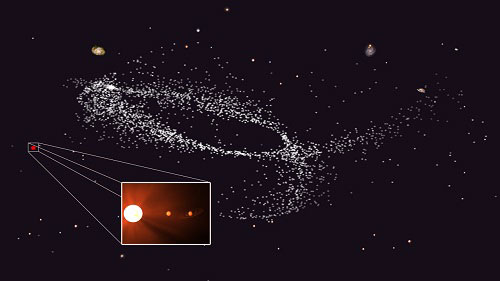 An international team of astronomers reports the discovery of two new planets orbiting a very old star that is near to our own Sun. One of these planets orbits the star at the right distance to allow liquid water to exist on its surface, a key ingredient to support life.
An international team of astronomers reports the discovery of two new planets orbiting a very old star that is near to our own Sun. One of these planets orbits the star at the right distance to allow liquid water to exist on its surface, a key ingredient to support life.
Jun 5th, 2014
Read more
Scientists have resolved an isotopic difference between the Earth and the Moon. The slight variation in oxygen isotopes confirms the 'Giant impact' hypothesis of Moon formation, according to which the Moon formed from the debris of a giant collision between the Earth and another proto-Planet about 4.5 billion years ago.
Jun 5th, 2014
Read more
NASA is seeking proposals from universities to advance the agency's plans for exploration to deep space and Mars. The Early Stage Innovations NASA Research Announcement calls for innovative space technology proposals that could benefit the space program, other government agencies and the greater aerospace community.
Jun 4th, 2014
Read more
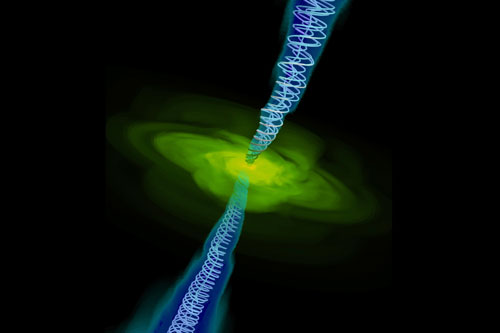 A new study of supermassive black holes at the centers of galaxies has found magnetic fields play an impressive role in the systems' dynamics. In fact, in dozens of black holes surveyed, the magnetic field strength matched the force produced by the black holes' powerful gravitational pull.
A new study of supermassive black holes at the centers of galaxies has found magnetic fields play an impressive role in the systems' dynamics. In fact, in dozens of black holes surveyed, the magnetic field strength matched the force produced by the black holes' powerful gravitational pull.
Jun 4th, 2014
Read more
Arguing for a continuation of the nation's human space exploration program, a new congressionally mandated report from the National Research Council concludes that the expense of human spaceflight and the dangers to the astronauts involved can be justified only by the goal of putting humans on other worlds.
Jun 4th, 2014
Read more
In a discovery decades in the making, scientists have detected the first of a 'theoretical' class of stars first proposed in 1975 by physicist Kip Thorne and astronomer Anna Zytkow. Thorne-Zytkow objects are hybrids of red supergiant and neutron stars that superficially resemble normal red supergiants, such as Betelguese in the constellation Orion. They differ, however, in their distinct chemical signatures that result from unique activity in their stellar interiors.
Jun 4th, 2014
Read more
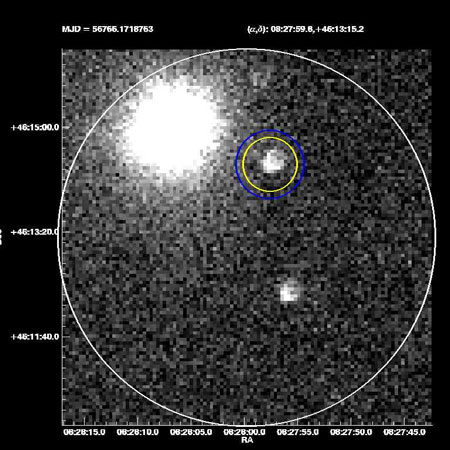 Known as a gamma-ray burst, the intense light captured in the night sky resulted from one of the biggest and hottest explosions in the universe, occurring shortly after the Big Bang.
Known as a gamma-ray burst, the intense light captured in the night sky resulted from one of the biggest and hottest explosions in the universe, occurring shortly after the Big Bang.
Jun 4th, 2014
Read more
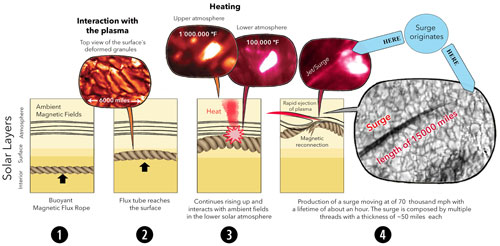 Cutting-edge observations with the 1.6-meter telescope at Big Bear Solar Observatory in California have taken research into the structure and activity of the Sun to new levels of understanding. The telescope at Big Bear is the most powerful ground-based instrument dedicated to studying the sun.
Cutting-edge observations with the 1.6-meter telescope at Big Bear Solar Observatory in California have taken research into the structure and activity of the Sun to new levels of understanding. The telescope at Big Bear is the most powerful ground-based instrument dedicated to studying the sun.
Jun 4th, 2014
Read more
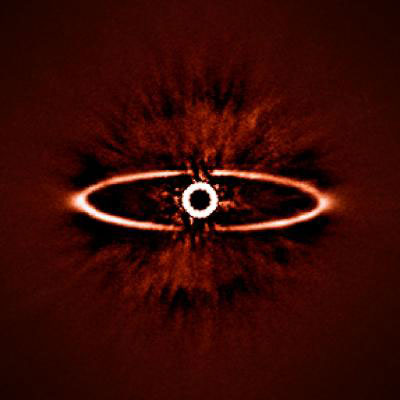 SPHERE - the Spectro-Polarimetric High-contrast Exoplanet REsearch instrument - has been installed on ESO's Very Large Telescope at the Paranal Observatory in Chile.
SPHERE - the Spectro-Polarimetric High-contrast Exoplanet REsearch instrument - has been installed on ESO's Very Large Telescope at the Paranal Observatory in Chile.
Jun 4th, 2014
Read more
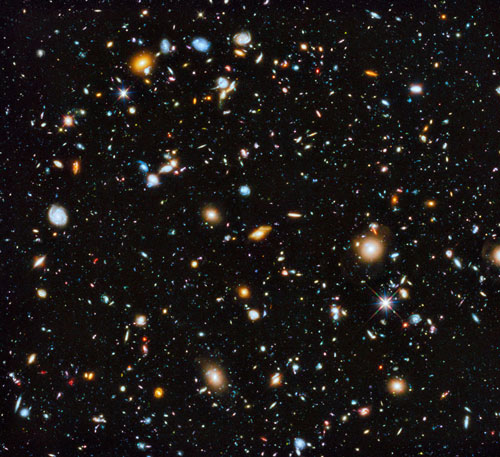 Astronomers using the Hubble Space Telescope have captured the most comprehensive picture ever assembled of the evolving universe - and one of the most colorful. The study is called the Ultraviolet Coverage of the Hubble Ultra Deep Field project.
Astronomers using the Hubble Space Telescope have captured the most comprehensive picture ever assembled of the evolving universe - and one of the most colorful. The study is called the Ultraviolet Coverage of the Hubble Ultra Deep Field project.
Jun 3rd, 2014
Read more
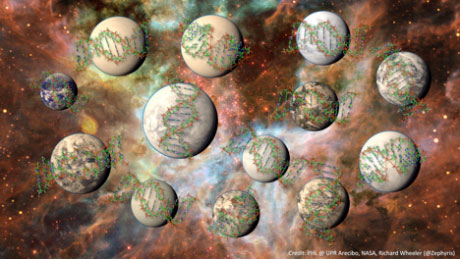 There are some 100 million other places in the Milky Way galaxy that could support complex life, report a group of university astronomers. They have developed a new computation method to examine data from planets orbiting other stars in the universe.
There are some 100 million other places in the Milky Way galaxy that could support complex life, report a group of university astronomers. They have developed a new computation method to examine data from planets orbiting other stars in the universe.
Jun 3rd, 2014
Read more
 Thanks to the CLEANSPACE project, space debris as small as 1 cm could soon be tracked down by Earth-based lasers.
Thanks to the CLEANSPACE project, space debris as small as 1 cm could soon be tracked down by Earth-based lasers.
Jun 3rd, 2014
Read more
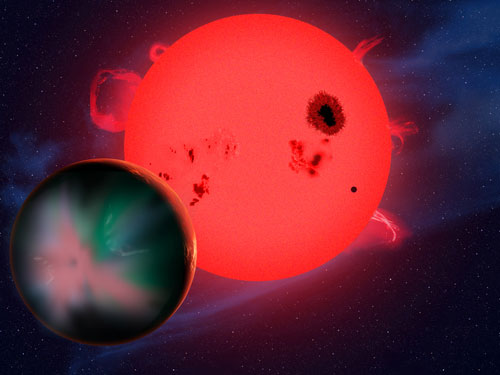 Life in the universe might be even rarer than we thought. Recently, astronomers looking for potentially habitable worlds have targeted red dwarf stars because they are the most common type of star, comprising 80 percent of the stars in the universe. But a new study shows that harsh space weather might strip the atmosphere of any rocky planet orbiting in a red dwarf's habitable zone.
Life in the universe might be even rarer than we thought. Recently, astronomers looking for potentially habitable worlds have targeted red dwarf stars because they are the most common type of star, comprising 80 percent of the stars in the universe. But a new study shows that harsh space weather might strip the atmosphere of any rocky planet orbiting in a red dwarf's habitable zone.
Jun 2nd, 2014
Read more
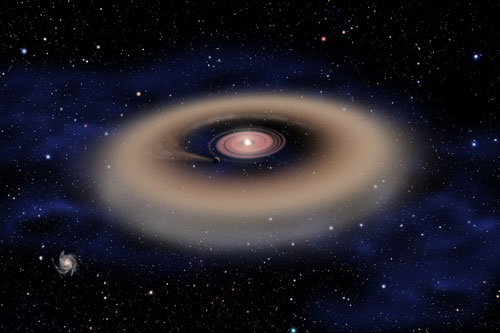 The planets of our solar system come in two basic flavors, like vanilla and chocolate ice cream. We have small, rocky terrestrials like Earth and Mars, and large gas giants like Neptune and Jupiter.
The planets of our solar system come in two basic flavors, like vanilla and chocolate ice cream. We have small, rocky terrestrials like Earth and Mars, and large gas giants like Neptune and Jupiter.
Jun 2nd, 2014
Read more
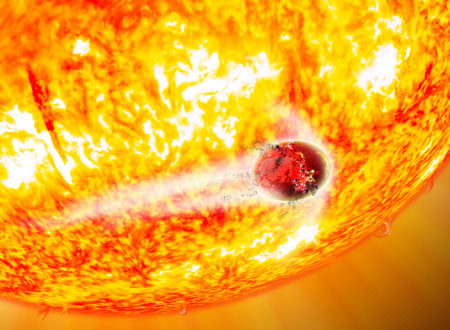 Two worlds orbiting a distant star are about to become a snack of cosmic proportions. Astronomers announced today that the planets Kepler-56b and Kepler-56c will be swallowed by their star in a short time by astronomical standards. Their ends will come in 130 million and 155 million years, respectively.
Two worlds orbiting a distant star are about to become a snack of cosmic proportions. Astronomers announced today that the planets Kepler-56b and Kepler-56c will be swallowed by their star in a short time by astronomical standards. Their ends will come in 130 million and 155 million years, respectively.
Jun 2nd, 2014
Read more
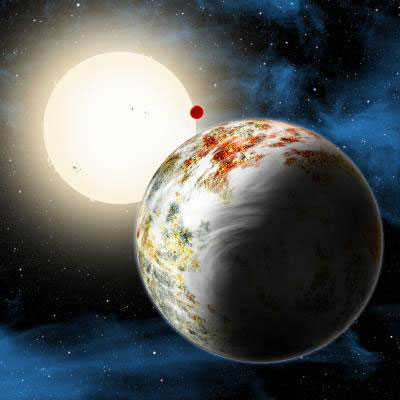 Astronomers announced today that they have discovered a new type of planet - a rocky world weighing 17 times as much as Earth. Theorists believed such a world couldn't form because anything so hefty would grab hydrogen gas as it grew and become a Jupiter-like gas giant. This planet, though, is all solids and much bigger than previously discovered 'super-Earths,' making it a 'mega-Earth.'
Astronomers announced today that they have discovered a new type of planet - a rocky world weighing 17 times as much as Earth. Theorists believed such a world couldn't form because anything so hefty would grab hydrogen gas as it grew and become a Jupiter-like gas giant. This planet, though, is all solids and much bigger than previously discovered 'super-Earths,' making it a 'mega-Earth.'
Jun 2nd, 2014
Read more
 The Man in the Moon appeared when meteoroids struck the Earth-facing side of the moon creating large flat seas of basalt that we see as dark areas called maria. But no 'face' exists on farside of the moon and now, Penn State astrophysicists think they know why.
The Man in the Moon appeared when meteoroids struck the Earth-facing side of the moon creating large flat seas of basalt that we see as dark areas called maria. But no 'face' exists on farside of the moon and now, Penn State astrophysicists think they know why.
 Subscribe to our Space Exploration News feed
Subscribe to our Space Exploration News feed










